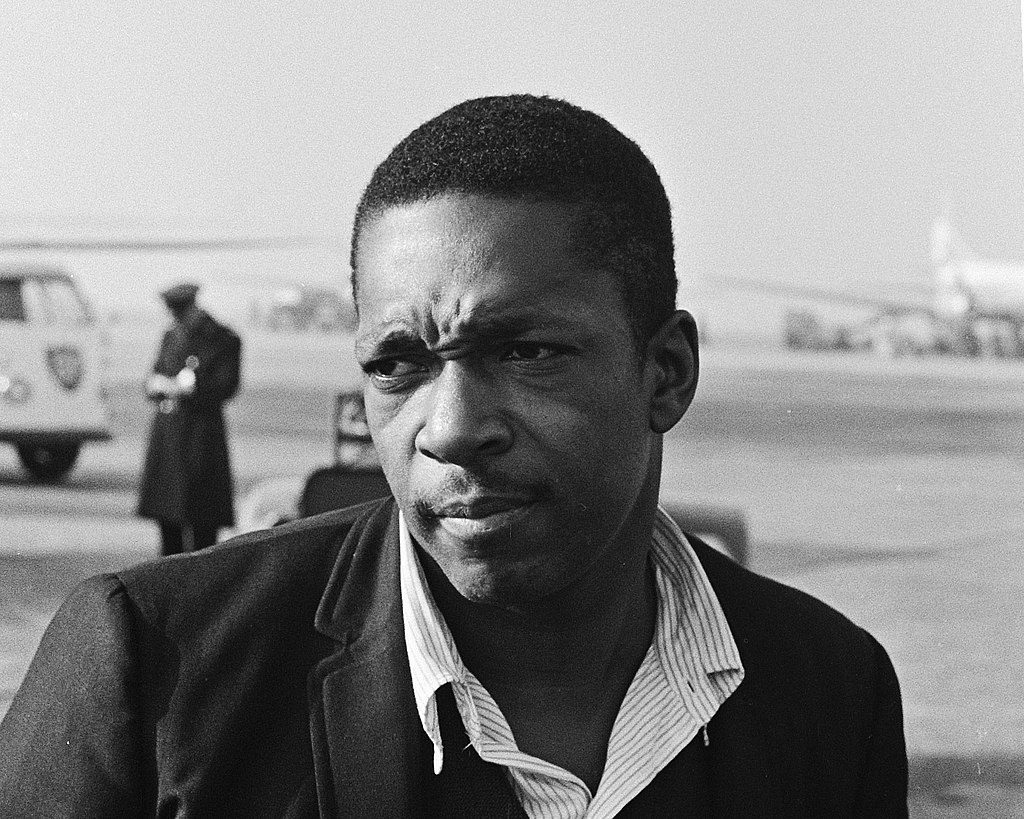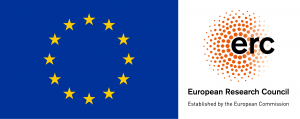Article – G. Marino, “The Form of Life of Sanctity in Music Beyond Hagiography: The Case of John Coltrane and His ‘Ascension'”. (Int J Semiot Law 2021).

G. Marino, The Form of Life of Sanctity in Music Beyond Hagiography: The Case of John Coltrane and His “Ascension”, in International Journal for the Semiotics of Law – Revue internationale de Sémiotique juridique, 34 (2021) (link)
The paper investigates the cultural unit of “sanctity” in the light of the notion of “form of life”, in order to show how jazz master John Coltrane (1926–1967) pursued sanctity as a regulative model with regards both to personhood and musicianship, so as to translate his existential quest into music. Firstly, the paper briefly summarizes: what we mean today by sanctity (focusing on Catholicism and distinguishing between a traditional view and a contemporary, post-Conciliar one); what are the relationships interweaving music and sanctity (the latter mainly providing the former with imagery and narrative—e.g. hagiographic—model); what we mean by form of life—a notion (Lebensform) brought into philosophical discourse by Ludwig Wittgenstein—in semiotic terms (Jacques Fontanille) and why we can apply it to sanctity. Afterwards, the paper addresses Coltrane’s musical career, relying both on hagiographic discourse built around him (e.g. John Scheinfeld’s documentary Chasing Trane, 2016) and his discography, with special focus on three game-changers among his albums: Giant Steps (1960), A Love Supreme (1965), and Ascension (1967, published posthumously). Coltrane headed a twofold conversion: he abandoned his native Methodist faith to embrace a personal form of syncretic pantheism; he abandoned the language of traditional jazz to embrace the avant-garde technique of modal composition (in the line of George Russell, Bill Evans, Miles Davis) and the once despised free jazz (Ornette Coleman). Not only Coltrane wanted to be a saint, not only was he regarded as such to the extent that a “St. John William Coltrane Church” was established in San Francisco (by 1969, with official recognition in 1982), but he tried to be one through music; namely, by conveying his spiritual journey via sonic means: proposing a musical catechism (Giant Steps), a musical mass (A Love Supreme), and his own mystique (Ascension). Consistently with the process of selection any saintly figure—and mystiques especially—undergoes in order to be canonized stricto sensu, only some tokens within Coltrane’s body of work were included in the canon (both of the musical and religious kind), while his later works were left out due to their radicalism.

